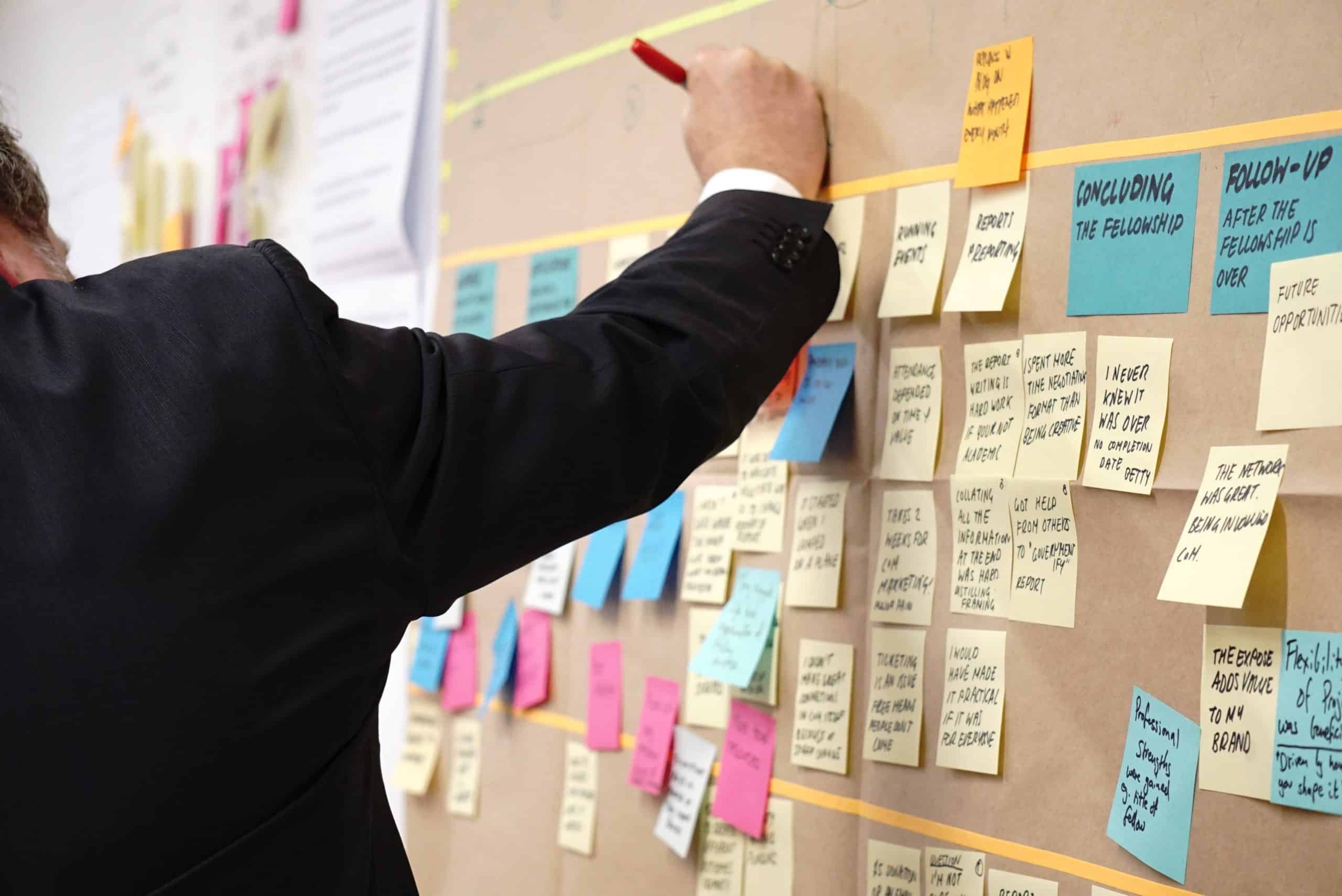
How To Deal With Change In The Workplace
17 Mar 2020
We are living in an age of disruptive technology, and change in the workplace is constant. This can be unsettling for many employees who may feel treatment or anxious. If changes in the workplace are impacting team performance, you don’t have to worry. It’s completely possible to both identify methods to deal with changes in the workplace, and teach employees how to adapt to change.
I remember when we switched to an entire new system for managing data. Everyone in the company, even those who didn’t work directly with data, were impacted. The entire workplace environment felt tense and unbalanced, because everyone ended up on edge and stressed out. I learned a lot from that incident, and committed to preparing my team for change well in advance if I ever ran into a situation that called for installing new technology.
It’s not just low level employees who have trouble adapting to sudden or drastic changes, but anyone working within a business environment. Managerial and senior staff can also experience anxiety and unsettledness during periods of change, because changes affect everyone either directly or indirectly. Sharing coping skills with your workers can go a long way to making it feel safe and stable again in your work environment. With proper support, your employees can again reach their full potential.
Change is inevitable
The first thing to know is that there will always be changes. Nothing stays the same forever. Look at libraries; first people simply wrote down who had what book on a list, and crossed the name off when the book came back. Eventually the card system was employed, then computers came along and books got bar codes instead. Now you can go in and self checkout your books on a machine – or skip the library completely and get books on an e-reader from an electronic library.
A positive attitude starts at the top
As a leader, displaying positivity about change can set a great example for your employees. This doesn’t mean fake overdone cheer. Instead, research the benefits of the change and present them honestly and transparently to your team. Acknowledge there will be an adjustment period, and remind them you will all get through it together.
Prioritise the people, not the technology
Make sure your employees know they are still the workforce that matters. Automation and artificial intelligence in particular can make people feel threatened. Reassure them that changes aren’t designed to make them obsolete, but to make their jobs easier. Together you can leverage the technology being introduced or changes to current processes, and find ways to make them work for you instead of against you.
Prepare, prepare, prepare
You can’t do too much preparation for changes in the workplace. Being fully ready for change is the best way to deal with it, and you can help your workers cope with change and stay productive by helping them prepare. Get as much information as you can in advance, and touch base frequently during the transition. By training and preparing for change, you can combat fear of the unknown. Dealing with change is important. Turning change to your advantage is even more important.
Are you anticipating a period of change within your organisation within the next year or two? Having a plan for instilling resilience in your employees will make the transition run more smoothly. Learn how to prepare your workers for change, and keep them productive even during the process of change itself. When you come out the other side, you’ll be amazed at how much strong your entire team has become.
To learn more about building resiliency in your workplace, contact ICML about our resilience course today: it’s customised for your workforce and designed around your timetable.





